Surveys consistently indicate that people are looking for one of four main things when they choose a workout.
They want a routine that offers functional results, trains their core, requires mainly their body weight to perform, or can be done anywhere.
We say why not find a workout that combines all four features at once? To do that, all you need is a suspension trainer.
The versatility of suspension trainer exercises extends far beyond what you’ve seen gymnasts do with a pair of rings, or in exercise videos on Youtube.
There’s almost no other single piece of exercise equipment that can accommodate so many goals and levels of training experience.
Whether you’re thinking of investing in one for your home gym, or you want to know how to get the most out of a suspension device to take your workouts to another level, consider the following guide your starting point.
The Anatomy of a Suspension Trainer
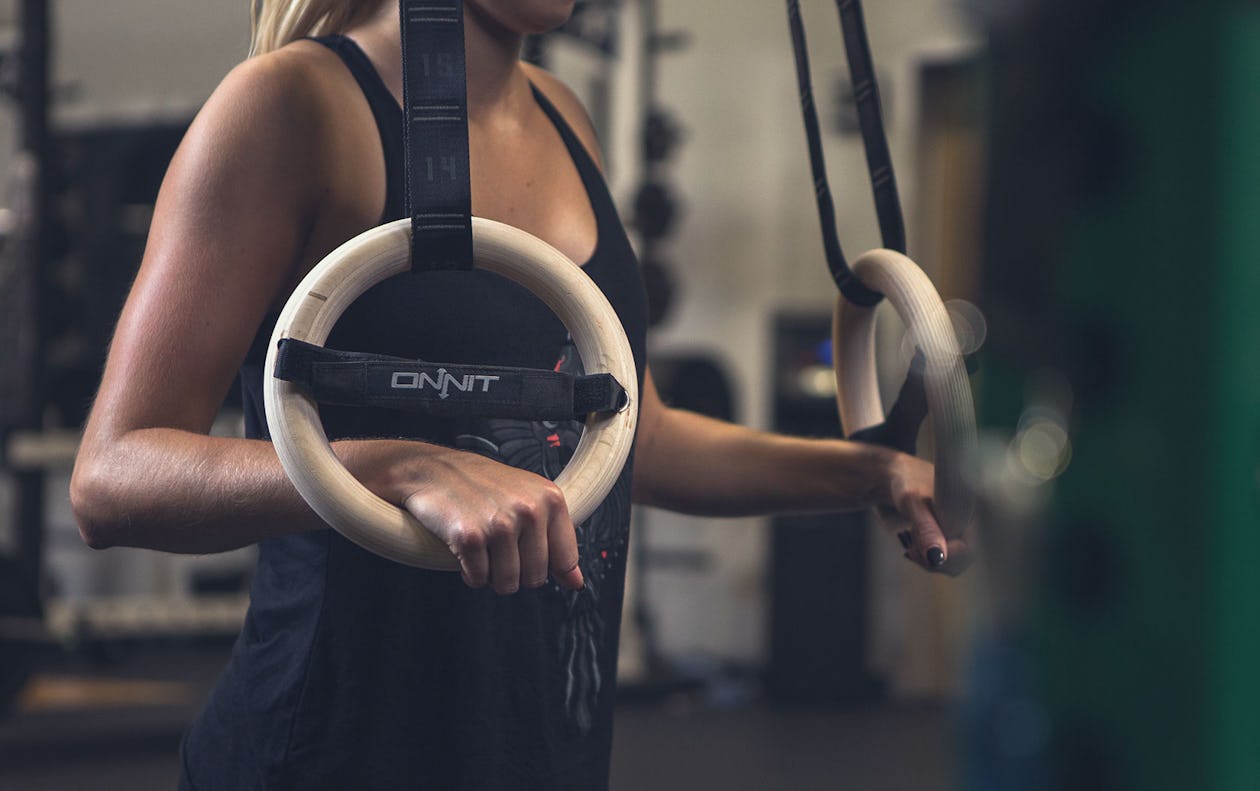
Trainer models vary, but all offer straps with handles and an end that can be wrapped around a sturdy overhead object. This forms an anchor point that allows the straps to support your body weight.
Suspension trainers can attach to virtually anything from a pull-up bar to a tree limb, and, with one additional (included) anchoring device, can fasten to a door frame too.
The length of the straps from the anchor point is adjustable with the use of clips, buckles, or carabiners. Some suspension devices offer one strap that runs through a loop. Handles are on each end of the strap while the loop connects it to the anchor point.
In other words, when you grasp the suspension trainer, you can move each handle independently, but they both connect to a single anchor point. This is called a single-mount system.
Other products offer two separate straps that anchor independently, so you can vary the width the handles are set apart from each other. This is a dual-mount system. See “How To Choose A Suspension Trainer” below for more information.
Straps are usually made of nylon webbing, while handles can be hard plastic (sometimes sheathed with a layer of foam for comfort), metal, or wood—as in the case of gymnastics rings.
“The difference between a true suspension system and a ring system,” says John Wolf, Chief Fitness Officer for Onnit, “is foot cradles,” which come as either nylon loops or plastic semi-circles that are fastened to the handles and support your feet for lower-body and core exercises.
How To Use Suspension Trainers
Suspension exercises are usually done with the trainer anchored seven to nine feet above the floor. From there, you can adjust the length of the straps or your body position for a near infinite number of exercises. Generally, the closer your center of gravity is to the floor—or the more directly under the anchor point you are—the harder the exercise will be.
Imagine doing rows while hanging from the handles. If you shorten the straps so that, when you hang, your body is angled about 60 degrees to the floor (nearly vertical), much of your weight will still be supported by your feet. Your back and core muscles won’t have to engage as hard as they would if you set the handles low to the floor so your body was almost parallel to it.
Now think of doing pushups with your feet elevated in the foot cradles. If you raise the straps up, your body will become more vertical, but in this case it makes the exercise harder. The closer you get to a handstand, the less your weight is supported by the straps and the more it shifts to your hands, making the challenge greater.
Being able to modify intensity quickly and easily is one of the hallmarks of suspension exercise. You can progress and regress any movement, often in the midst of it. “Any exercise can increase or decrease in angle or height,” says Shane Heins, Onnit Academy’s Director of Education. “So you can scale anything to be harder or easier.”
For example, if you’re midway through a set of rows and suddenly feel that you can’t finish your reps with the angle you started at, simply walk your feet back a bit so that your body becomes more vertical.
You’ve instantly reduced the challenge just enough to allow you to finish the set. Compare that to performing rows with dumbbells and having to drop the weights, walk to the rack, and grab another pair in order to finish. You can see how convenient and user-friendly suspension workouts are.
The Benefits of Suspension Exercise
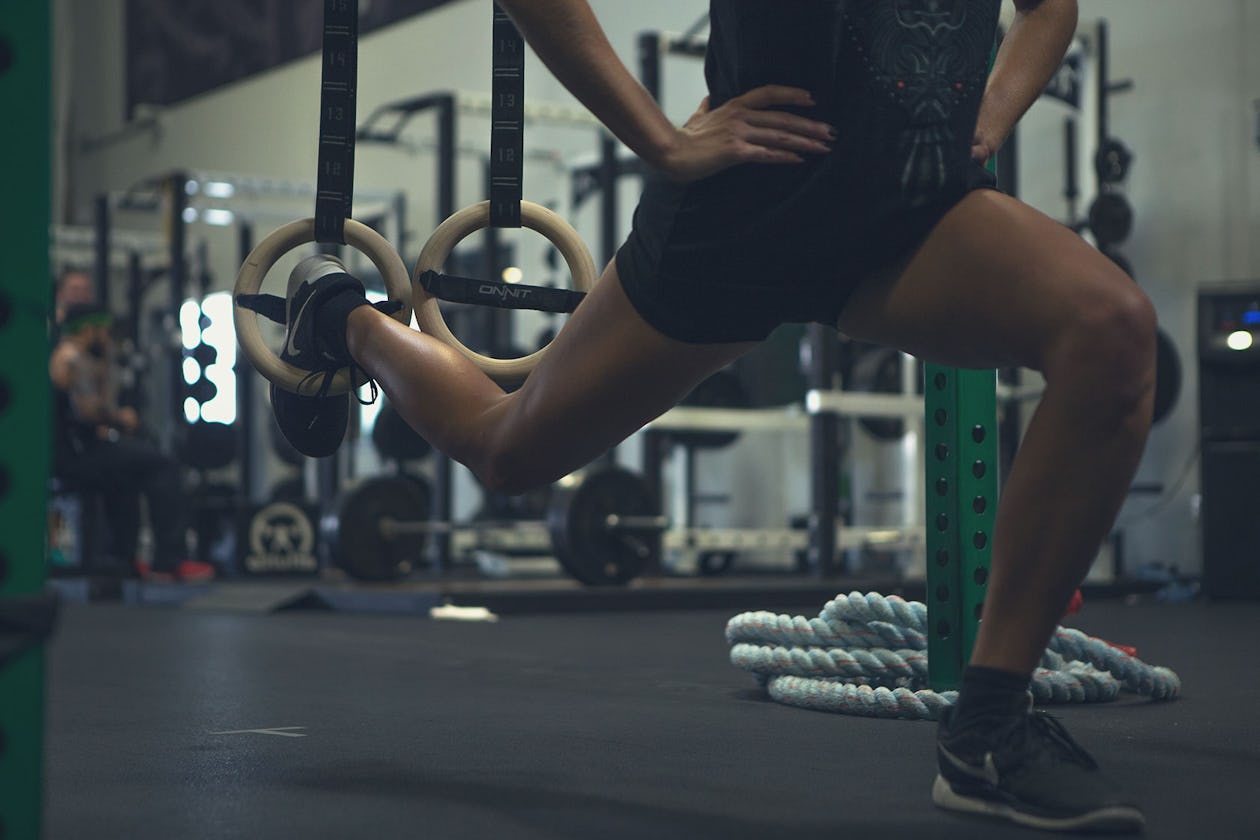
Easy Portability
Suspension trainers are light-weight and easy to pack. Whether you’re staying in a tiny hotel room or walking through a park, you can always find something you can attach one to.
If you’re the type who looks for excuses to miss workouts—such as, “I was out of town,” or, “I don’t have any equipment”—a suspension device will politely remove them for you forever.
High Versatility
There’s no muscle or skill you can’t work on with a suspension trainer. You can blast your chest with the hardest pushup variations known to man one minute, and do single-leg burpees for lower-body power or conditioning the next.
And there’s no end to the ways you can challenge yourself. “We’re starting to see people throw mace, club, and sandbag exercises in while using the suspension trainer,” says Heins.
High Scalability
Suspension trainers adjust so easily that even two people with completely different fitness levels can train together, simultaneously, without missing a beat.
Say you’re squatting. “A beginner can use the suspension system to work toward a more vertical squat by simply holding the handles and using the trainer as an assist,” says Heins, “rather than having to squat all of their body weight.”
In other words, the straps can help to unload some of the person’s own weight so he/she can groove the squat pattern optimally, building up to a full squat with less and eventually no assistance over time.
A more advanced trainee can perform single-leg squats on the same unit—even at the same time if he/she uses only one handle for support—for a greater challenge. No one is too weak or too strong for suspension exercise.
Greater Muscle Activation
Whether you grasp the handles or use the foot cradles for an exercise, because they’re not rooted to the ground or any other fixed object, those limbs are unstable.
Anything you do will require your body to keep them from shaking and taking you out of the position you need to perform proper reps. “Being in a highly dynamic environment,” says Wolf, “you’re never stable.”
“Your core, shoulders, hips¦ every joint that’s loaded in whatever position you find yourself has to constantly oscillate through the firing pattern to hold position.” Translation: your body is working for stability at all times during suspension exercise.
That means you’ll develop better control over your body through all sorts of ranges of motion, and activate more muscle overall. It also means that your core—which is most responsible for helping your body maintain its position during exercise—must work overtime.
Virtually every suspension trainer move can be considered an “ab move,” so don’t be surprised if you see a six-pack develop after a few weeks of suspension work.
The Science of Suspension Exercises
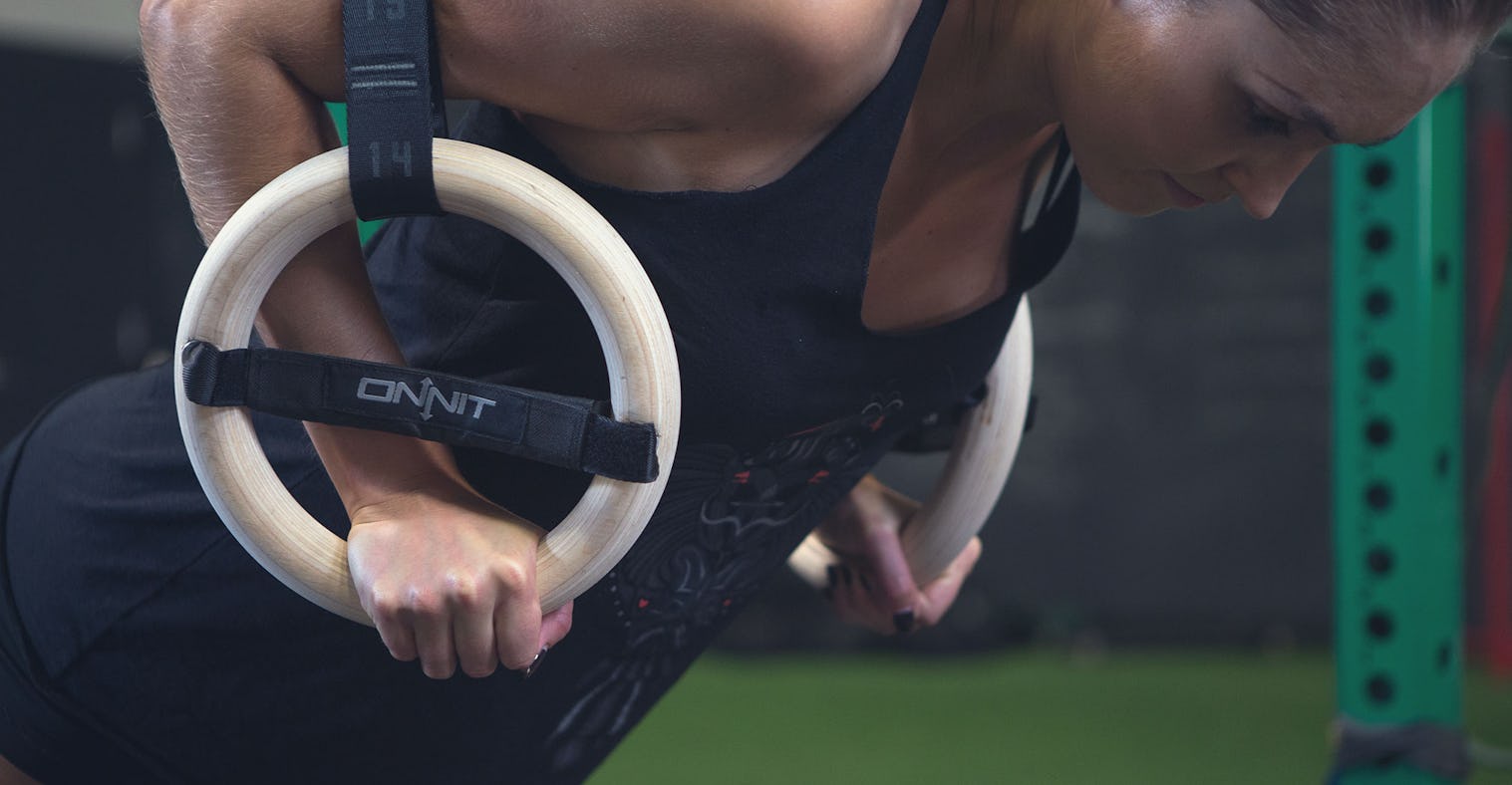
A 2014 study in the Journal of Strength and Conditioning Research compared the effects when subjects performed stable pushing exercises (such as the pushup) and their unstable counterparts (pushups done on a suspension trainer).
Researchers found that muscle activation throughout the torso was greater during the suspension movements.
Another study from that year looked at circuit training performed with either stable exercises or movements done on a Bosu ball (half a stability ball, with the other half flat surface) and a suspension trainer.
Although all the subjects had no previous training experience, those who used the unstable exercises saw virtually the same improvements as the stable group in squat jump height, one-rep max back squat and bench press, and measures of power after seven weeks—indicating that unstable training can be equally as effective as conventional workouts for training multiple qualities.
How To Choose A Suspension Trainer
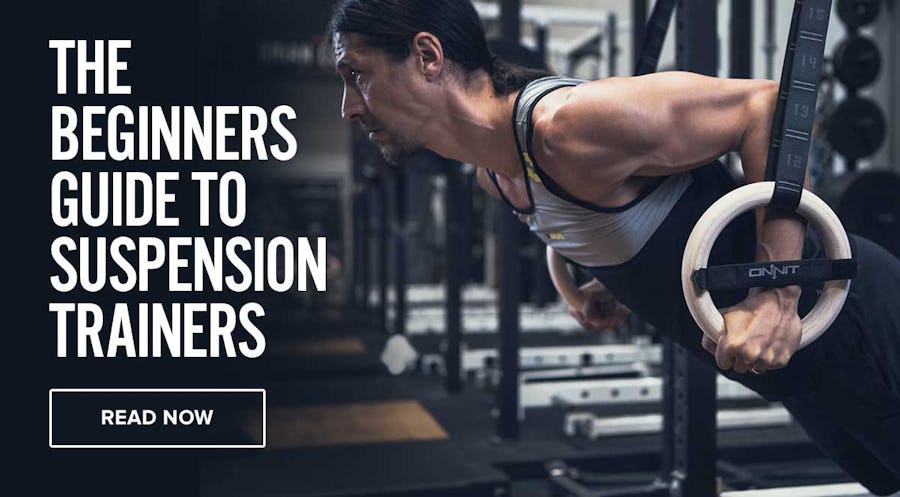
We strongly recommend a dual-mount system over a single anchor point. Being able to adjust the width of the handles apart from each other makes for much more natural movements. “Systems that give you a single anchor with a split handle never let you emulate sound mechanics for pressing motions,” says Wolf. When you do pushups, for instance, “you’re always pressing over your shoulders instead of straight down because the straps wrap around your body. You’re strongest when you press toward your nipple line, or sternum,” so you get better results using a system that’s more similar to gymnastics rings, where you can keep the direction of force perfectly vertical.
Overall durability is another major factor to consider. Trainers that use teeth or springs to secure the straps will wear out in time. “People end up tying a knot in them to keep them from slipping,” says Heins, which ruins the ease of adjustment.
Foam handles will deform and wear off, and plastic ones get slick when you sweat, affecting your grip. Wooden rings, the same type that gymnasts use, are the ideal.
Not only are they incredibly sturdy and long-lasting, Wolf says that rings are the only tool that will allow you to progress to the kind of complex gymnastics training that builds outstanding upper-body strength (iron crosses, skin the cats, etc.), if you’re interested in taking your training there. “You wouldn’t be able to do that with rubber handles.”
Furthermore, the diameter of a ring is much larger than a typical suspension trainer handle, which allows you to fit both hands on it at once and use just one strap.
The only downside to an old-school set of rings, of course, is that they lack foot cradles, limiting you to upper-body training only. That’s why Wolf designed Onnit’s new suspension system, which features rings with foot cradles attached to offer a full spectrum of suspension exercises.
Lastly, to maximize ease of use, look for a trainer that has numbered anchoring points on the strap. One knock on some of the leading suspension trainer brands is that, because you have to adjust the strap length individually, it’s difficult to align the handles evenly.
You can waste precious seconds of workout time measuring the distance to get it right. “If you’re a trainer trying to set up a bunch of rings for a class,” says Heins, “it’s very difficult and inefficient to accommodate people of different heights. It’s much easier if you have consistent, evenly-spaced and numbered link-in points along the length of the trainer. That way, people can come in and say, ’I remember I was at level 13 last time.’ Or the coach calls out a new number for the next exercise. Clip, clip, and they’re done.”
The 3 Suspension Exercises You Have To Try
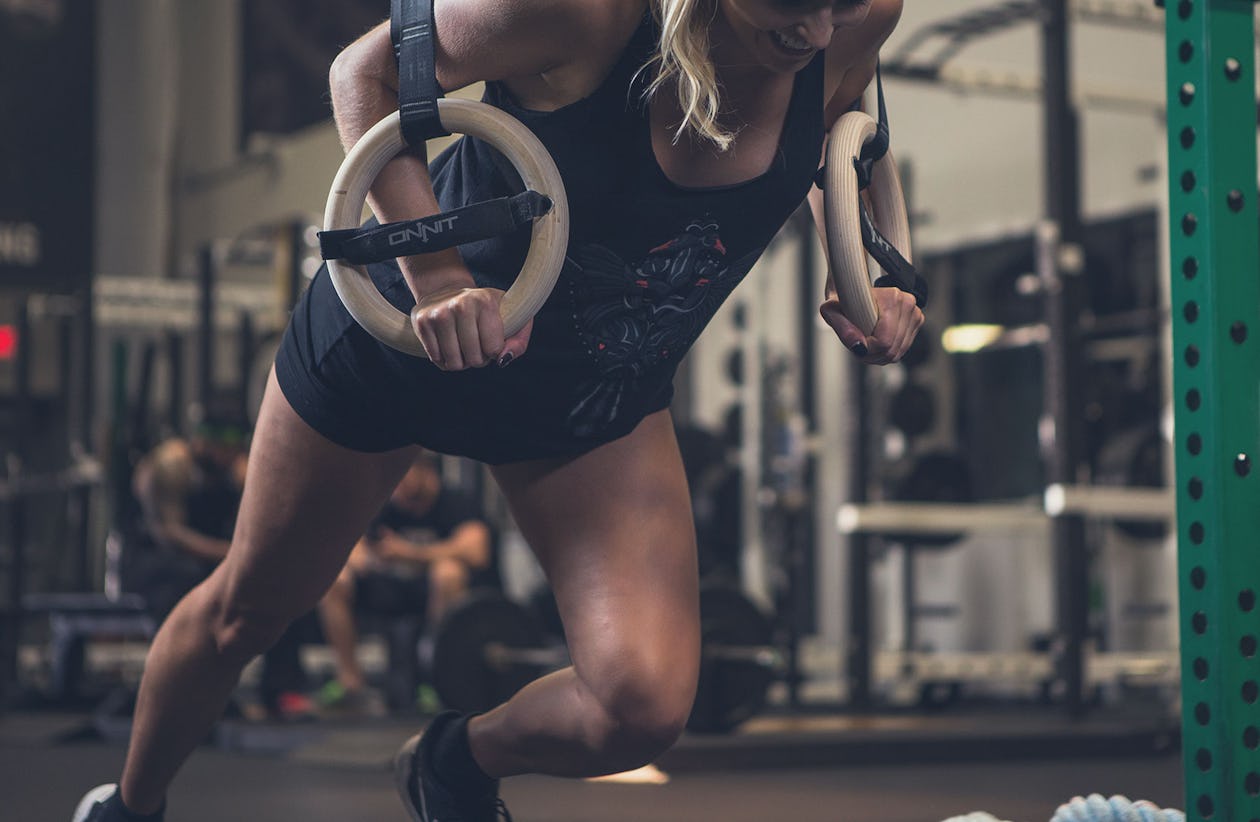
1. Knee Tuck (Core)
Extend the suspension trainer’s handles until they’re level with your calves. Place your feet in the foot cradles and get into a pushup position. Draw your knees to your chest while keeping your head, spine, and hips in neutral alignment.
The knee tuck may look like a reverse crunch done in mid air, but it works the deep core muscles in addition to the rectus abdominis (the six-pack muscle) for a complete core hit.
2. High Scap Iso Hold Suspension Trainer Exercise (Back and Core)
Set the trainer’s straps so they’re level with your calves and grasp them with both hands. Walk your body back until there’s tension on the straps and your body is angled 45 degrees. Brace your abs and draw your shoulders back and down thinking “proud chest.” Keeping your body in a straight line, row yourself up until your back is fully contracted and hold for time.
Holding the top of the row trains you to keep your shoulder blades together, which helps restore good posture and form a foundation for strong pressing exercises.
3. Hamstring Curl to Glute Bridge (Glutes, Hamstrings, Core)
Adjust the straps so that the foot cradles are at about the level of your calves. Lie on your back on the floor and place your feet in the cradles so they’re suspended in air.
Brace your abs and draw your knees up past your hips. Now drive through your heels to lift your hips off the floor (be careful not to hyperextend your lower back, which would mean your abs aren’t tight enough). Lower your butt back down and then extend your knees again.
This exercise trains the hamstrings’ two functions simultaneously—hip extension and knee flexion—like few other exercises can.
3 Ways To Use Suspension Trainers
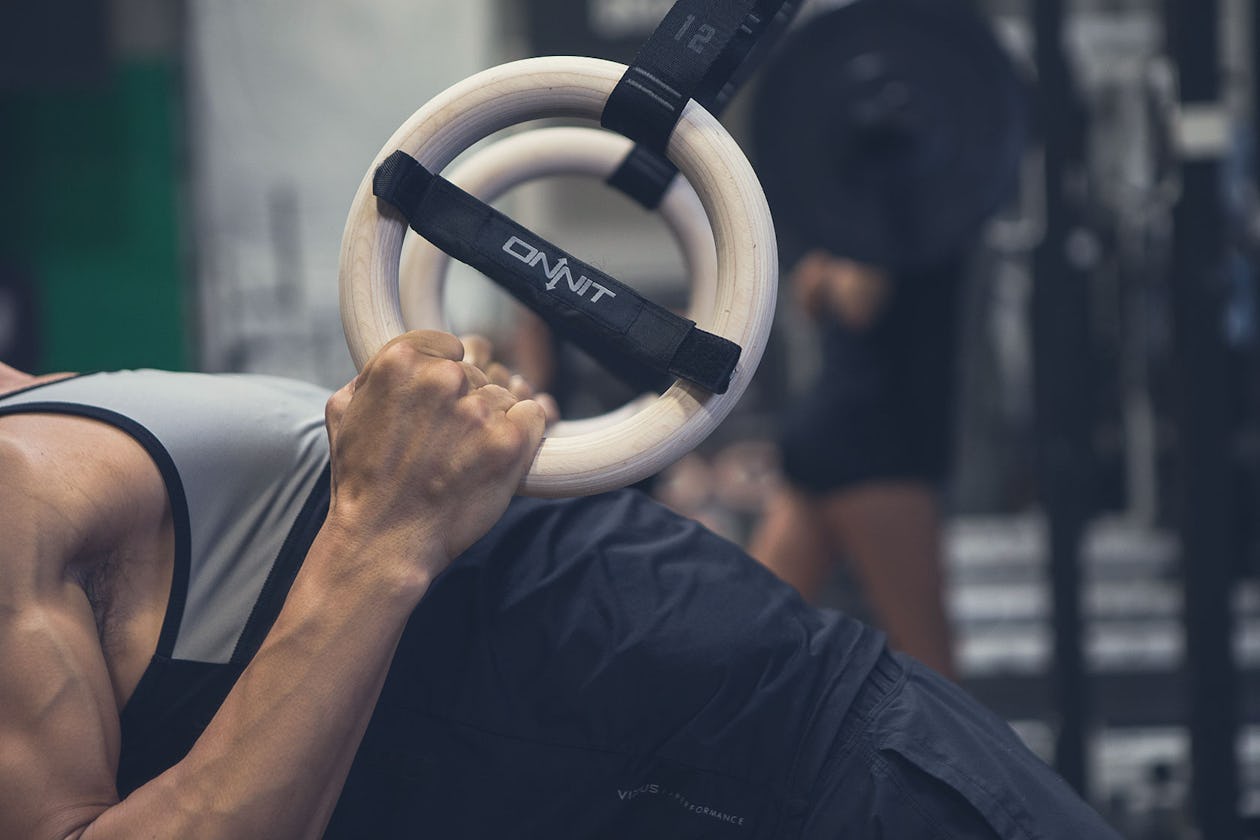
1. Supplement Your Weight Training
We’re not telling you to melt down your free weights and embrace the suspension trainer exclusively. Suspension exercises can serve as a great adjunct to the workouts you’re already doing.
“Building neural efficiency will carry over to increased strength potential when you’re exposed to external load,” says Wolf. “The suspension trainer won’t necessarily build muscle in the way that weights do, but it will build stability that translates to muscle and strength gains. Try doing pushups on it for a while and you’ll see that your bench press will go up.”
Suspension work also lends itself well to static contractions—simply holding yourself in a position of tension—which is an often overlooked but valuable method for those seeking muscle size gains. “Holding for long periods of time builds muscle,” says Heins. “So do eccentrics—lowering your body slowly.”
Picture doing a single-leg squat with a five-second negative, using the suspension straps to keep you upright. Do you think that would blow your legs up?
2. Set Up A Fat-Loss Circuit
The suspension trainer can work every part of the body as well as let you train strength, power, and even conditioning. And because it adjusts so quickly and easily, it lends itself perfectly to any number of creative exercise circuits you want to try.
In fact, you could do a series of inverted rows to rollouts to plank holds without even having to adjust the straps. “A lot of metabolic demand comes from neurology,” says Wolf. “The high neural efficiency required to stabilize you, especially if you do high-rep sets geared to fat loss, takes a lot of nervous system energy and so the metabolic requirement is greater. You’ll burn more calories.”
3. Get Warmed Up
Sometimes you don’t have to “train” with a suspension trainer at all to get a benefit. Use it during your warmups to activate the core and other muscles you need to train efficiently and safely.
“You can do I’s, T’s, and Y’s [hold the handles and make those shapes with your arms while suspended] to fire up the scaps and posterior chain,” says Wolf.
This would be particularly helpful before any overhead or chest pressing work you do, as it will help increase your stability. “You could do planks on the trainer for core activation, or glute bridges to fire up the glutes,” both of which would prepare you for squatting and deadlifting movements.
CLICK HERE for the best suspension trainer workout for beginners.
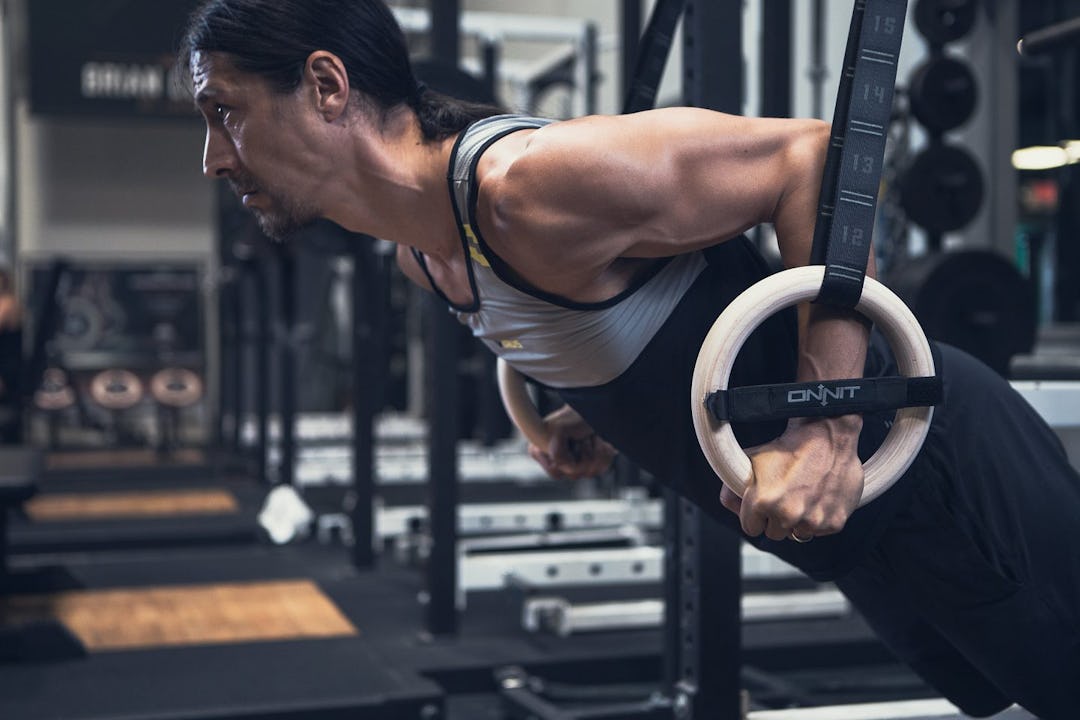
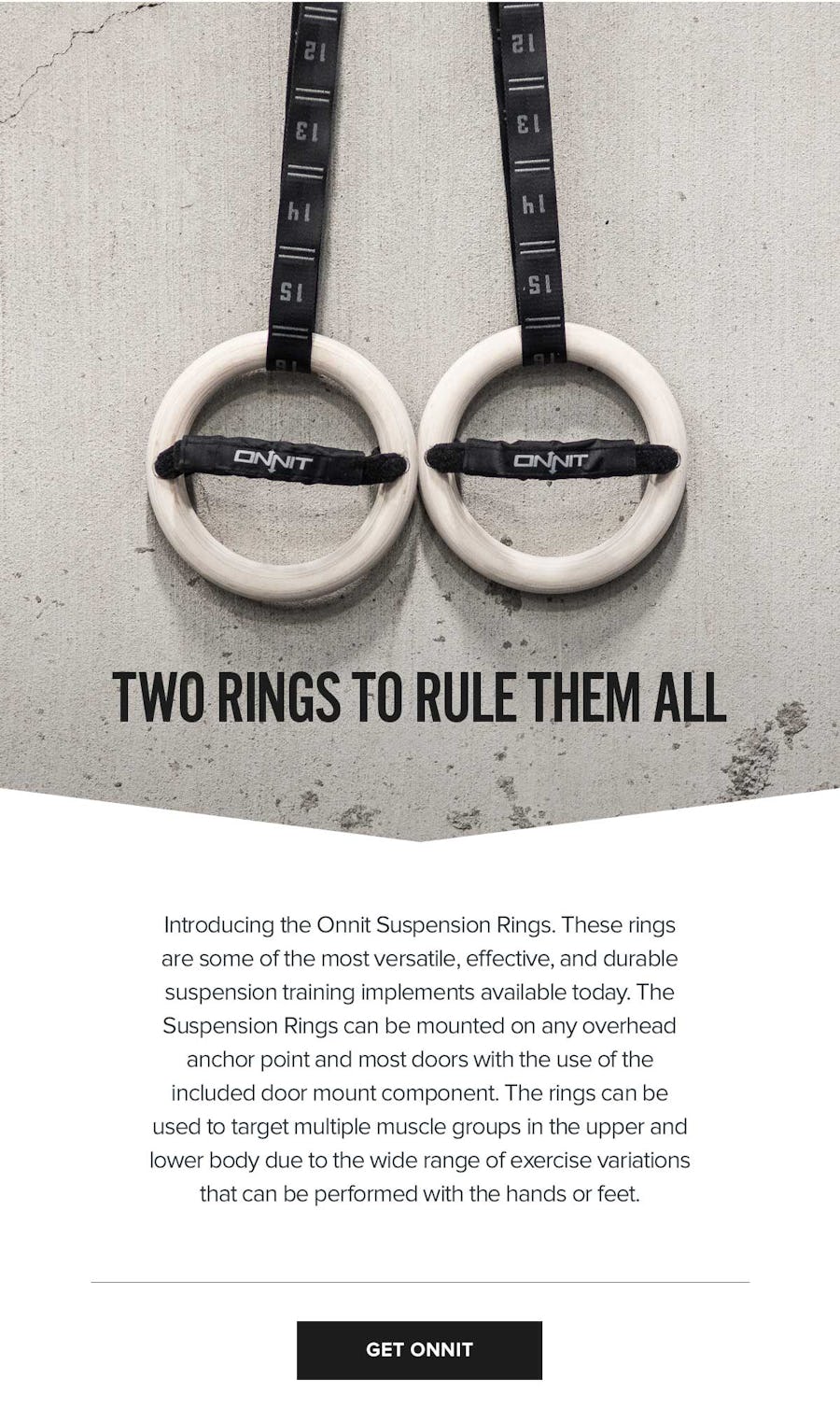
)





